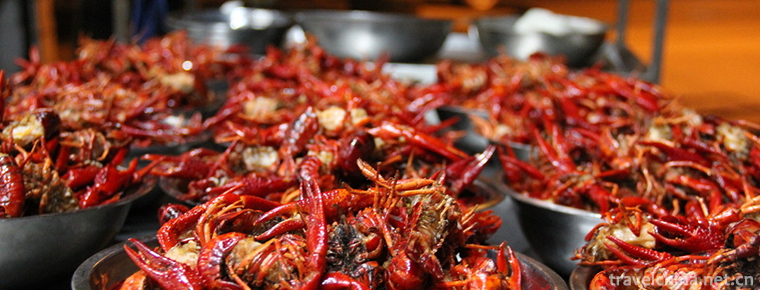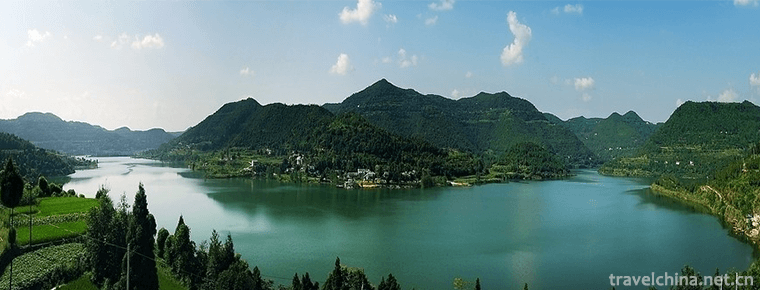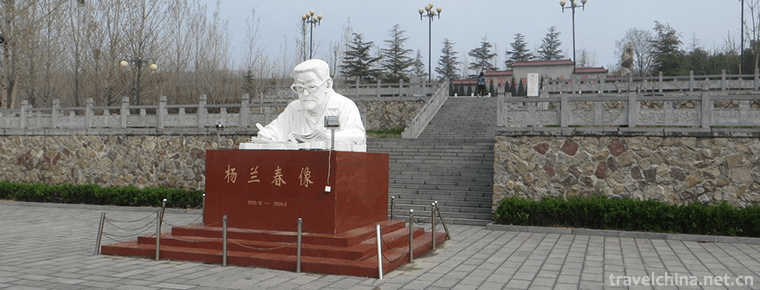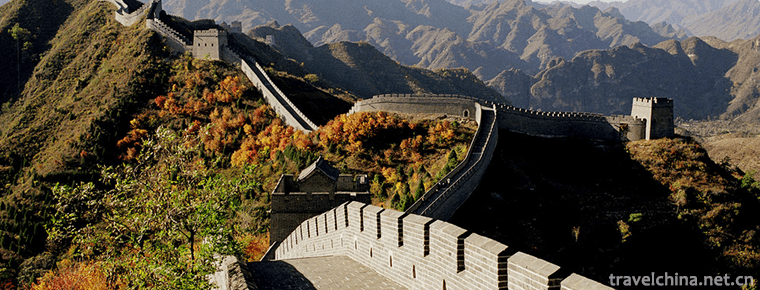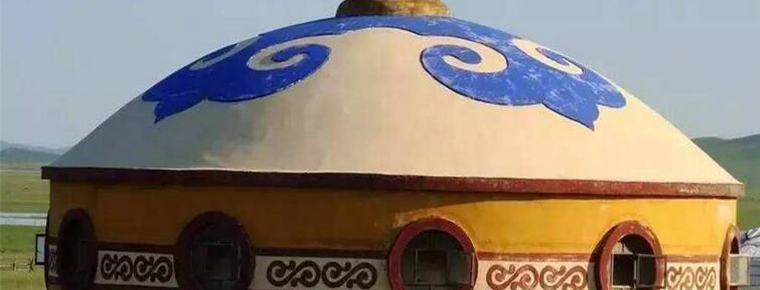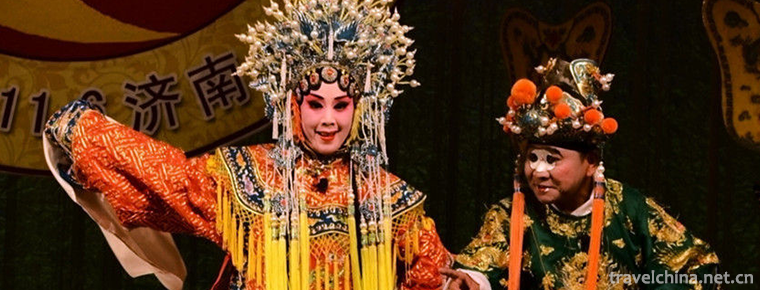Weaving and Dyeing Techniques of Uygur Felts and Printed Fabrics
Weaving and Dyeing Techniques of Uygur Felts and Printed Fabrics
Uygur felt, printing and dyeing technology, Xinjiang Uygur Autonomous Region Turpan (now Turpan) local traditional skills, one of the national intangible cultural heritage.
Xinjiang Uygur weaving, printing and dyeing technology has a long history. According to the traditional customs of Uygur people, the indoor vision should be carefully decorated. Wool felt is one of the traditional handicraft for room decoration.
On May 20, 2006, the weaving and dyeing techniques of Uygur felt and printed cloth were approved by the State Council of the People's Republic of China and listed in the first batch of national intangible cultural heritage list, the heritage number: _-23.
historical origin
Uygur's ancestor, the Uygur Uighurs, was a nomadic people. Their living customs are the same as those of other nomadic peoples. They have a long history of making and using felt.
In the first 108 years of Yuanfeng, Emperor Wudi of the Han Dynasty, Princess Xijun married King Wusun Khan as his wife. After three years of living in Yili grassland, she left a poem: "My family married my side today and entrusted herself to King Wusun of another country." The vault serves as a wall and the meat serves as a pulp. It depicts the living conditions of nomadic people in felt houses. Felt making is a great invention of nomadic people. Felt is mainly used to build felts, pave felts, make boots and hats, and some production supplies.
Five years after the founding of Tang Wenzong (840), the Uighurs moved westward into the peripheral areas of the Tarim Basin and changed nomadism to farming. However, the settled Uyghurs still raise a large number of cattle and sheep, produce and use a large number of livestock products, and Uyghurs traditionally sleep solid big soil kang, felt because of its soft moisture insulation, warmth, become the best paving material, in some cases also as decorations hanging on the wall. According to Uygur customs, the places and objects that can be seen by the eyes should be carefully decorated. Of course, the most used felt must be decorated, which produces the craft of making flower felt.
In the Qing Dynasty, the Uygur people created the most unique techniques of woodwork block printing and woodwork roll printing.
Technological characteristics
Flower felt
Varieties
Uygur flower felt has a very high usage rate in daily life, which makes Uygur flower felt craftsmen study the craft of making flower felt. According to the different production technology, felt can be divided into embroidery felt, patch felt, rolling felt, printing felt, color-painted felt and other varieties.
- Patterns
There are more than 100 patterns of Uygur felt and printed cloth, including "Shou" pattern, palindrome and Bogu pattern influenced by Chinese culture, geometric and flower pattern in Arabic style, and pattern of Uygur unique daily necessities and production tools. There are deformation patterns of windowsill niches, birds and animals, as well as Islamic style of pots, shrines and other patterns. There are even some patterns circulated in the ancient Western Regions.
Calico
Uygur folk printed cloth is a typical Uygur handicraft. Its greatest feature is the combination of hand-made original printing and dyeing technology and national style patterns, with decorative interest and strong local flavor.
Uygur folk printed cloth is a typical Uygur handicraft. Its greatest feature is the pure handmade, original printing and dyeing technology and national style patterns into one style. Uygur folk printing cloth can be divided into two types: multi-color stamp printing and engraving monochrome printing. From production to pattern modelling, layout and composition, it has a strong Uygur national style. Patterns are mostly drawn from various objects in real life and nature. Colored printed cloth has long been used as lining for cotton gowns, waistband cover sheets, curtains, door curtains, dust mattresses, wall hangings, weekdays, wall fences and Kang fences.
Among the two processes, the most widely spread, most used and the longest history is the woodcut printing technology. Although the traditional inland printing method is adopted in the engraved blue printing cloth, the patterns with national characteristics are mostly adopted.
Technological process
Flower felt
The folk felting method in Xinjiang is as follows: first, the Bletilla curtain is laid on the ground, the washed wool is spread on it, beaten with wicker to make it even, and then boiled with soup. Then drive donkeys and horses Rolling Stones up and down and crushing them into felts; or fry boiling soup, throw wool into them and wash them, then glue them together, lay them on wooden boards, and drive axles into felts. The blankets are white and black, and the rest are dyed.
Calico
Uygur folk printing cloth mainly has two kinds: multi-color stencil printing and engraving monochrome printing. Mould stamp multi-color printing is to overlay the pattern on pear or walnut wood and carve it into a concave and convex pattern with wooden model. Then, the pattern is printed with black dye solution (face soup immersed in rust staining solution). A stencil is a single pattern. A single pattern stamp can be used to print suitable patterns in various forms, two-way and four-way continuous patterns, forming a combined overall pattern. Then, different filling stamps, brushes and brushes are dipped in various other dyes to form a colorful multi-color printing cloth. Traditional dyes are vegetable and mineral dyes, which are dyed by soil method. The engraving monochrome printing is to overlay the pattern on the thick cardboard or iron sheet, and the hollow pattern becomes the printing plate. When printing and dyeing, the stencil is placed on the white cloth, and the mortar (gypsum powder with flour and a small amount of egg white) is applied to the hollow pattern, and the mortar is adhered to the cloth. Remove the engraving, after the mortar is dried, the cloth is dipped and dried in human dyeing solution, and the gray powder is peeled off, which shows excellent white printing. Among the two processes, the most widely spread, most used and the longest history is the woodcut printing technology. Although the traditional inland printing method is adopted in the engraved blue printing cloth, the patterns with national characteristics are mostly adopted.
Inheritance and Protection
Inheritance value
Uygur felts and printed cloth have rich patterns and bright colors, which reflect the living conditions of Uygur people and the long history of cultural exchanges between foreign cultures and Han Dynasty. They have high humanistic and artistic values.
Uygur flower felt and printed cloth have a distinct national style, which contains the cultural concept of Uygur people based on historical traditions and religious beliefs. It fully reflects the unique aesthetic taste of Uygur people and is the essence of Arts and crafts of ethnic minorities.
Current situation of inheritance
Since the 1980s, people's living conditions have gradually improved and their lifestyles have changed accordingly, which has led to the gradual disappearance of flower felt. Most of the urban and rural residents in Xinjiang have moved into new houses, and no longer need wall and Kang fencing. The use of color printed cloth in Uygur life is declining, and there is no one in the market. In this situation, felts and color printing cloth artists have changed their careers, and their descendants will no longer inherit this ancient skill. Most of the living old artists are in their twilight years. The ancient handicraft is facing the situation of extinction, which urgently needs rescue and protection.
Heritage figures
Yasheng Abudu Rehman, male, Uygur, born in 1957 in Hetian, Xinjiang. On May 20, 2006, the first batch of representative successors of national intangible cultural heritage projects were selected and declared by Turpan region of Xinjiang Uygur Autonomous Region.
Yaodasi Ahong, male, Uygur, born in 1948 in Luopu, Xinjiang. On May 20, 2006, the first batch of representative successors of national intangible cultural heritage projects were selected and declared by Turpan region of Xinjiang Uygur Autonomous Region.
Muslim River Qiafuhan was selected as the representative successor of the fourth batch of national intangible cultural heritage projects on July 16, 2014, and was declared by Tacheng area of Xinjiang Uygur Autonomous Region.
Wuji Aximu Wushur was selected as the representative successor of the fifth batch of national intangible cultural heritage projects on December 28, 2017, and was declared by Yingjisha County, Xinjiang Uygur Autonomous Region.
protective measures
From March 12 to April 1, 2016, the first training project of "Flower Felt Technology Inheritance Crowds" was implemented in Xinjiang University. There were 50 participants in the first training course of "Flower Felt Technology Inheritance Crowds".
social influence
Social honor
In January 2010, Kazakh woman Reika Tohudar of Fuhai County, Xinjiang Uygur Autonomous Region, made a felt to commemorate the 60th anniversary of the founding of New China, and obtained the certificate of "the largest in the world Guinness - the largest area of Kazakh embroidery felt" issued by the Guinness Headquarters of Shanghai Greater World.
Important Exhibitions
In 2005, at the China (Shenzhen) International Cultural Industry Expo and Trade Fair, Dentist Abu Du Rehman showed his flower felt making skills with the Xinjiang exhibition group.
In September 2010, at the 19th Uygur Fair, Uygur felt and printed cloth were exhibited as intangible cultural heritage.
On September 20, 2016, the weaving and dyeing skills of Uygur felt and printed fabric were displayed in the first International Cultural Exposition of the Silk Road (Dunhuang).
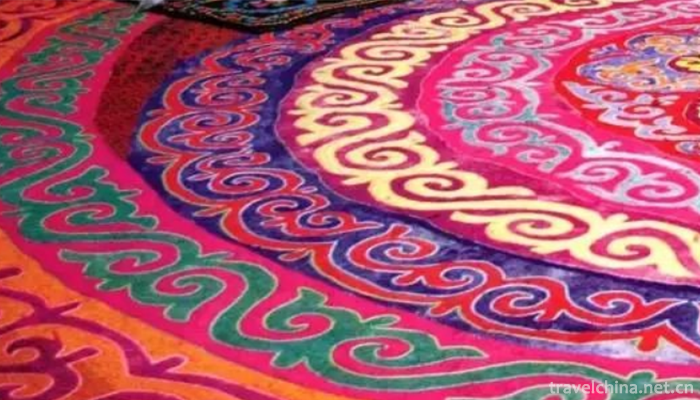
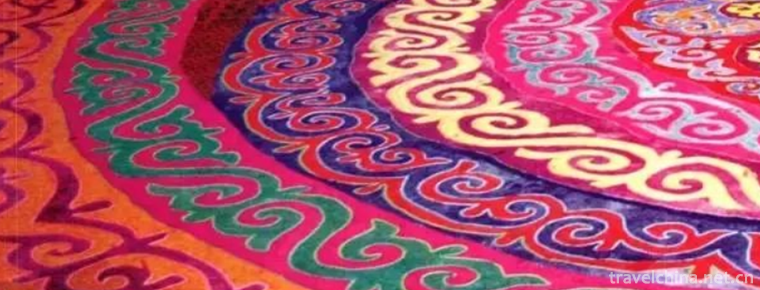
Weaving and Dyeing Techniques of Uygur Felts and Printed Fabrics
-
taste shrimp
Taste shrimp, also known as spicy crayfish, Changsha taste shrimp, spicy crayfish and so on, is a well-known traditional snack in Hunan Province
Views: 231 Time 2018-11-14 -
Mandarin Oriental Hotel Guangzhou
Wenhua Oriental Hotel is located in Tianhe District of Guangzhou, which belongs to Wenhua Oriental Hotel Group. It is a five-star hotel. The hotel has 233 rooms and 30 suites, and 24 hotel-style servi
Views: 232 Time 2018-12-16 -
Shengzhong Lake Scenic Area
Shengzhong Lake Scenic Spot: The largest artificial lake in southwest China, Shengzhong Lake, is located in Shengzhong Lake Scenic Spot of National AAAA Tourist Area in Southern County of Sichuan Prov
Views: 240 Time 2018-12-26 -
Chaoyanggou tourist attraction
Chaoyanggou Scenic Spot in Hebei Province is one of the 30 most beautiful scenic spots in China, including AAAA-level scenic spots, National Geological Forest Park, National Rural Tour Demonstration S
Views: 130 Time 2019-01-05 -
Huang Yaguan the Great Wall
The Great Wall of Huangyaguan lies in the mountains 28 kilometers north of Jizhou District. Historically, there were 18 garrison piers and abutments in Jizhou City. Huangyaguan Pass
Views: 74 Time 2019-01-19 -
Construction Skills of Felt House of Kazakh Nationality
Kazakh mattress building skills, Xinjiang Uygur Autonomous Region Tacheng area local traditional skills, one of the national intangible cultural heritage.
Views: 471 Time 2019-05-02 -
Shangdong clapper opera
Shandong Bangzi is a traditional local opera popular in Southwest Shandong and Central Shandong. Also known as "high-profile Bangzi", short for "high-profile" or "high-profile
Views: 208 Time 2019-06-13 -
Bowang mountain
Bo (B ó) Wang mountain, also known as Bowang mountain. Bowang mountain is one of the most important breeding and living places of the ancient Bo nationality. It was known as lunzhudadun and shitoudazhai in ancient times
Views: 170 Time 2020-10-16 -
Dispute on the meaning of Cheongsam
Under the influence of the Qing Dynasty's Qiren's robes, women's gowns have been referred to as cheongsam since the Republic of China. Due to the influence of the environment at that time, most people know that the women of the Manchu and Qing Dynasty had their own cheongsam,
Views: 146 Time 2020-12-11 -
Introduction to Chengdu Giant Panda Base
Chengdu Giant Panda Breeding and research base (hereinafter referred to as the base) is located at 1375, Waibei panda Avenue, Chenghua District, Chengdu City, Sichuan Province, China. It is 10 kilometers away from the city center and more than 30 kilometers
Views: 237 Time 2020-12-13 -
Deyang tertiary industry
In 2018, the annual real estate development investment in Deyang City was 14.98 billion yuan, an increase of 42.6% over the previous year. The construction area of commercial housing was 15.827 million square meters, an increase of 24.9%; the completed area
Views: 358 Time 2020-12-14 -
Deyang local culture
On April 2, 2013, the Information Office of the people's Government of Deyang City, Sichuan Province announced the city logo of Deyang to the public. Among them, "the source of ancient Shu, the city of heavy loading" has become the main logo of Deyang City
Views: 349 Time 2020-12-14
